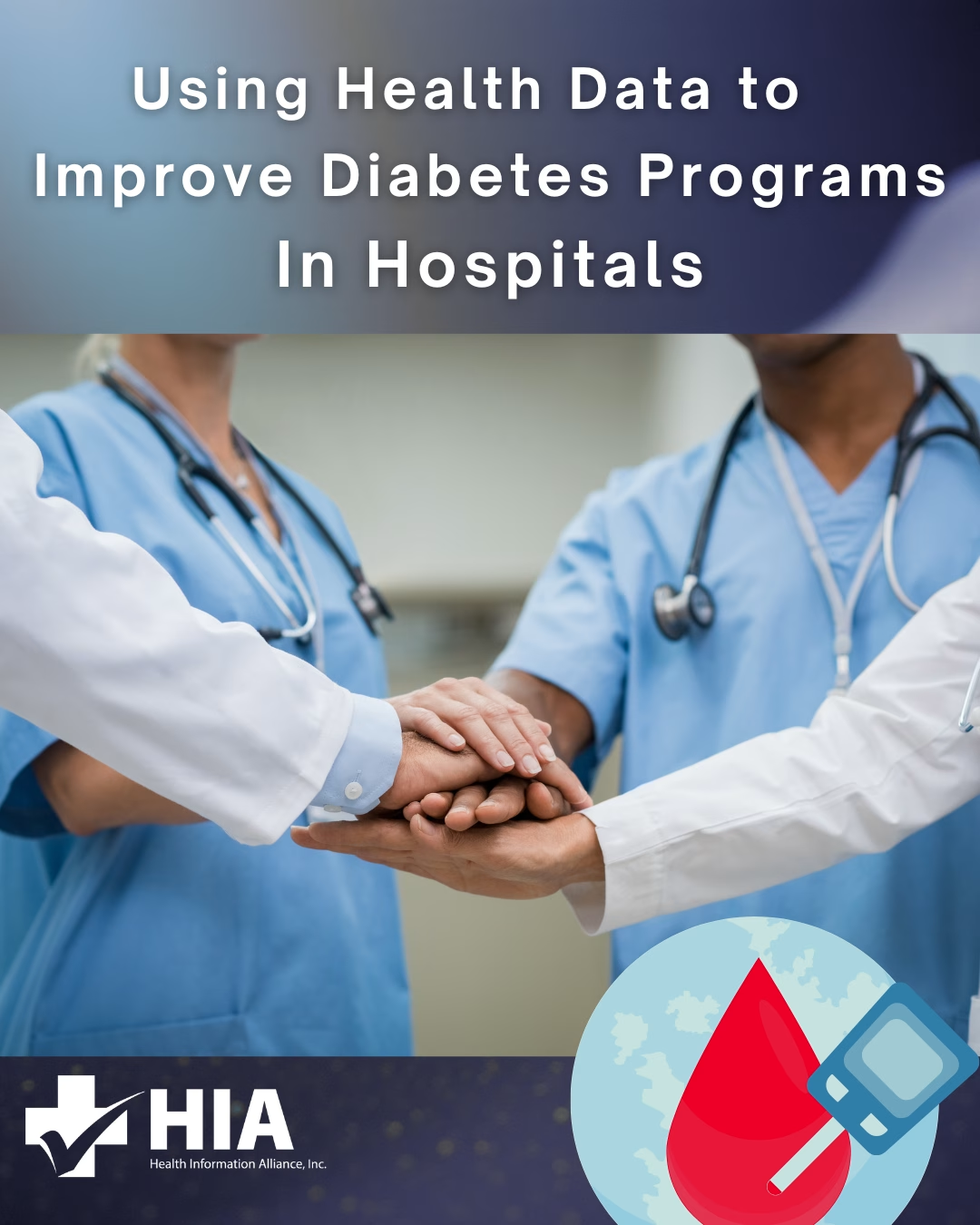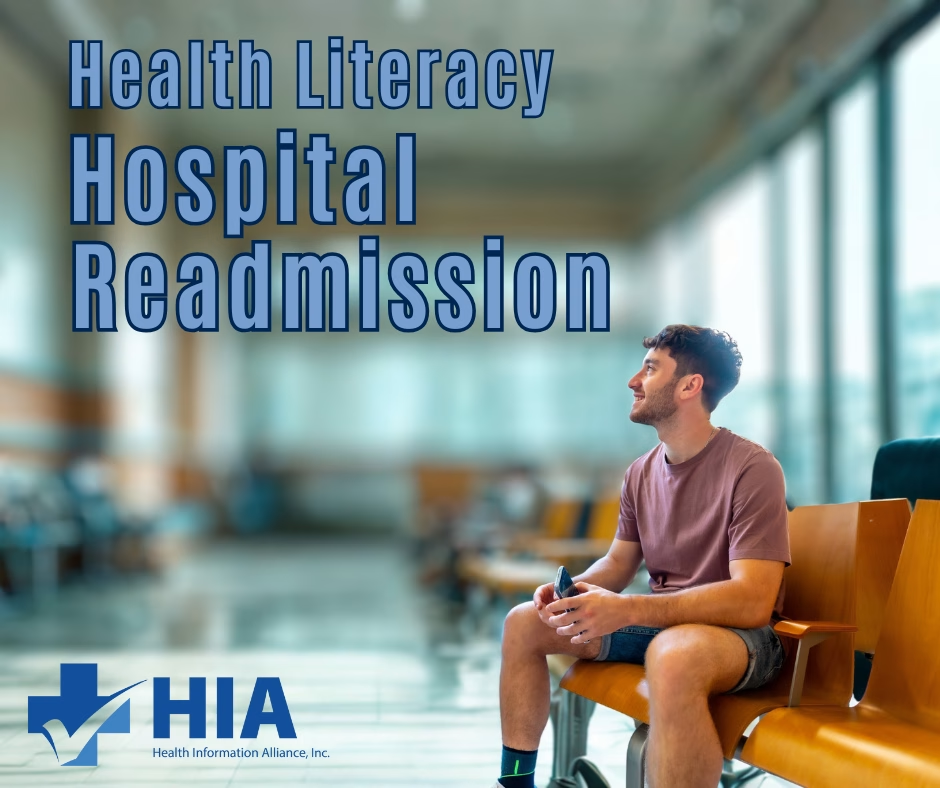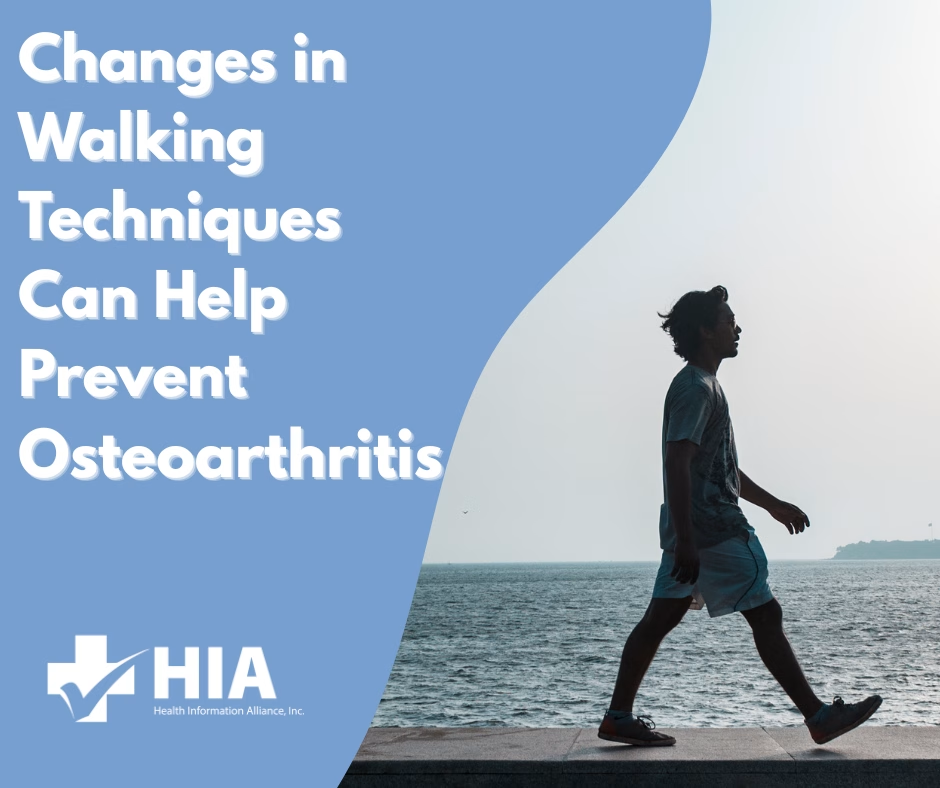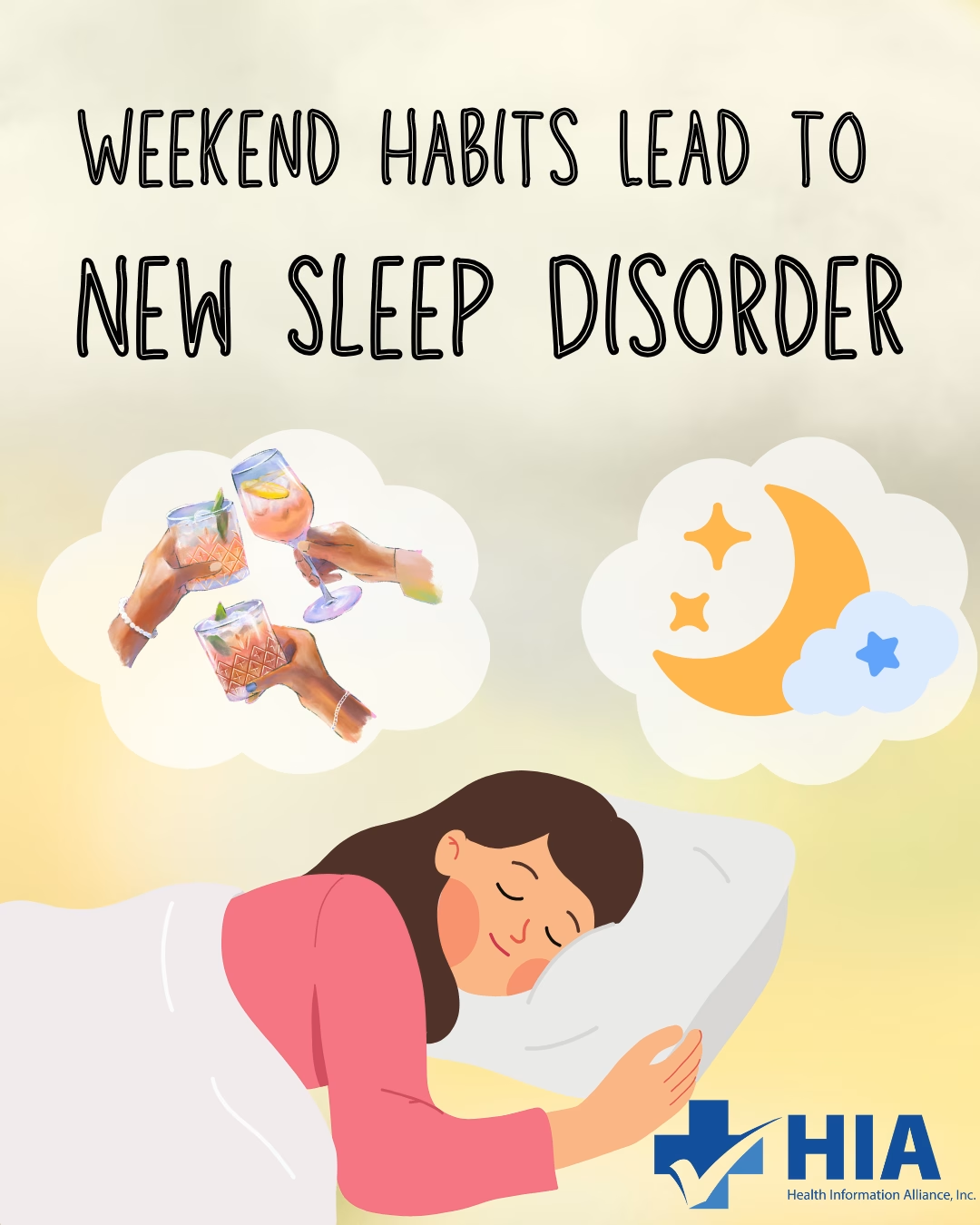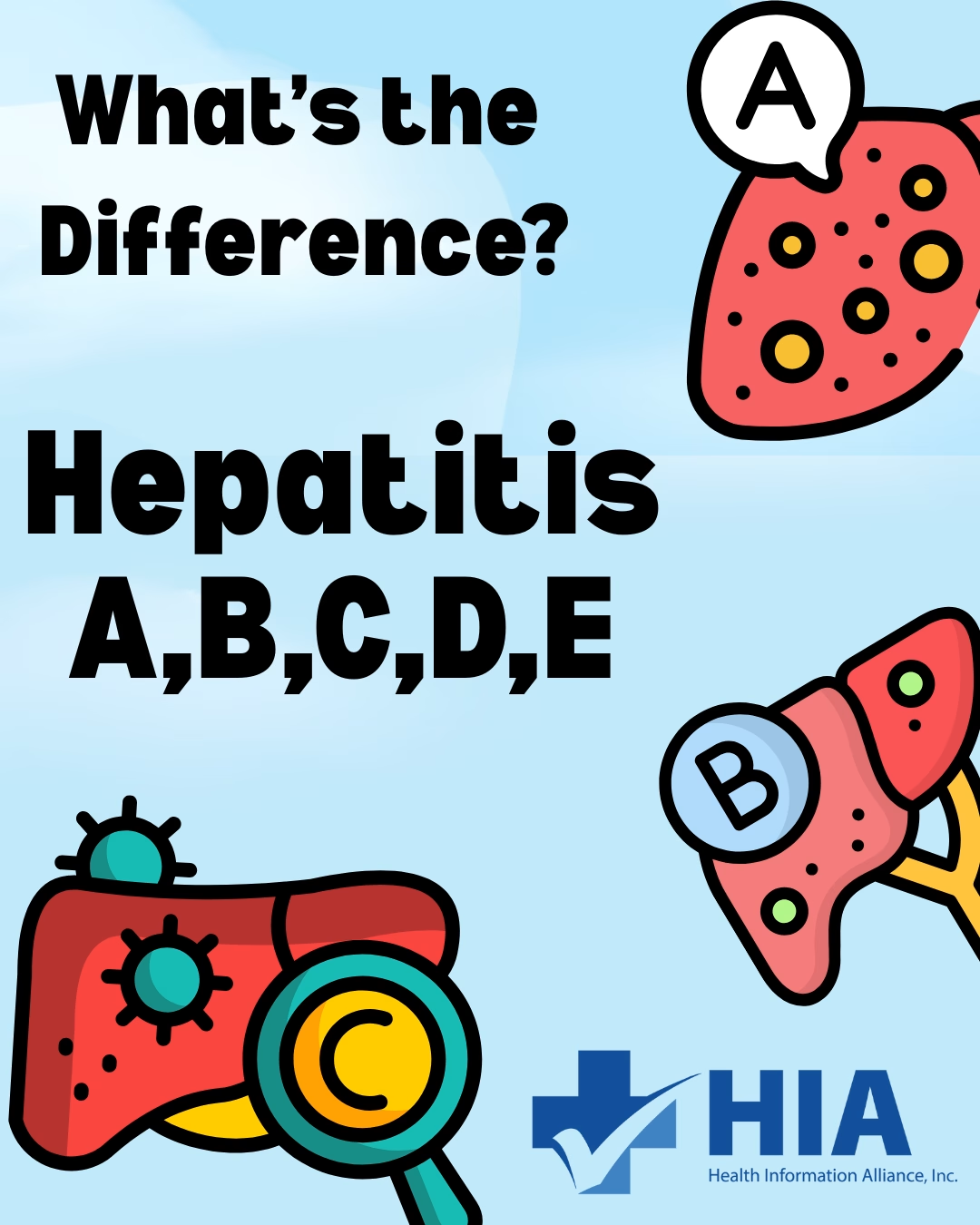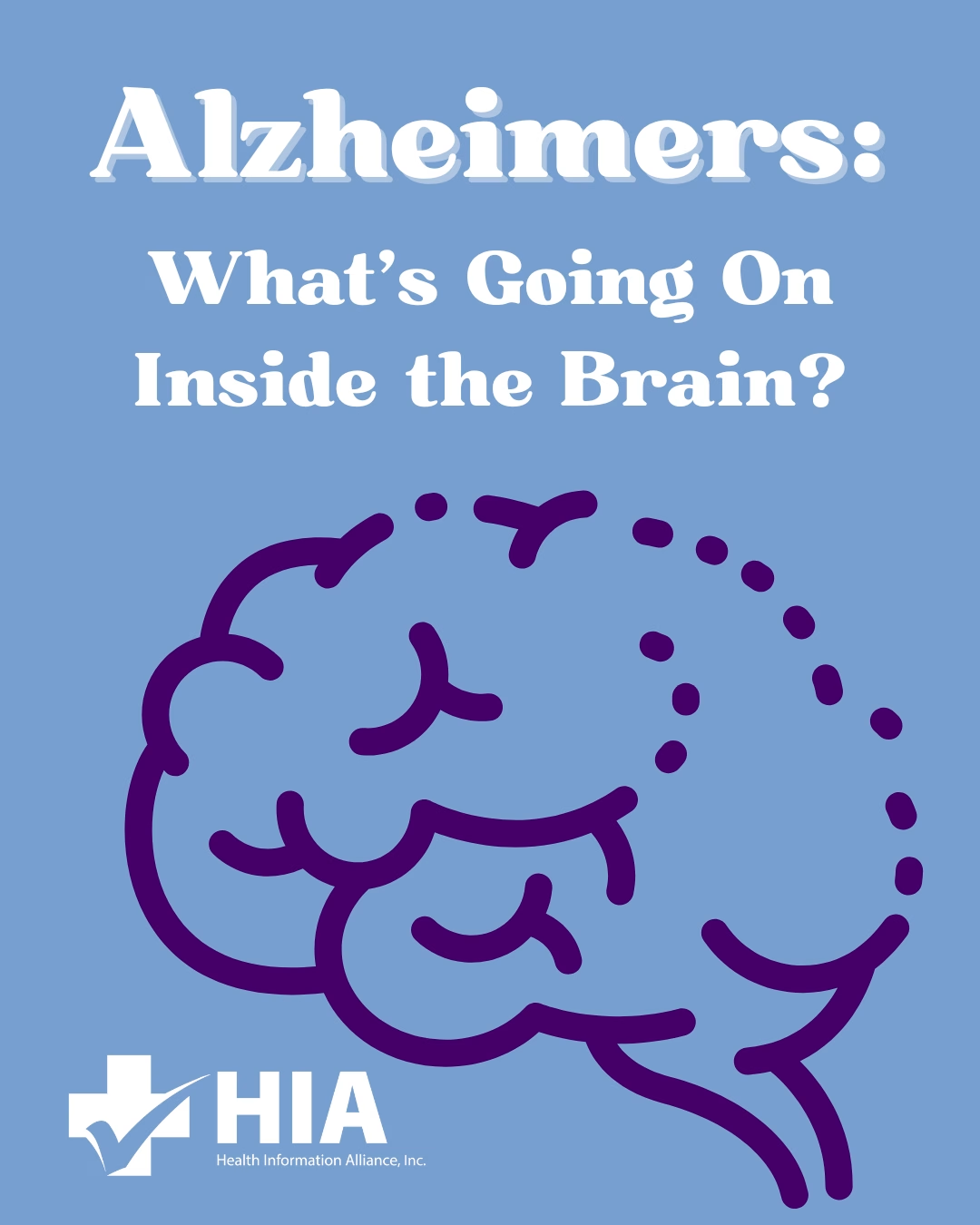Health Literacy and Hospital Readmissions
Patients who do not fully understand their care instructions face a significantly higher risk of returning to the hospital after discharge. When discharge information or follow-up care plans are confusing, incomplete, or written in overly complex medical language, patients may unknowingly make errors that compromise their recovery. For example, they might misunderstand dosage instructions and take medications incorrectly, neglect to schedule or attend vital follow-up appointments, or fail to recognize early warning signs that their condition is worsening. These seemingly small misunderstandings can quickly escalate into serious complications, often leading to hospital readmissions. Such readmissions not only delay recovery but also create additional stress for patients and families while increasing overall healthcare costs for both individuals and the broader healthcare system.
Clear, accessible communication between healthcare providers and patients is therefore essential to improving health outcomes and preventing avoidable readmissions. When instructions are delivered in plain language, free of unnecessary jargon and tailored to the patient’s level of understanding, patients are better equipped to follow their treatment plans accurately. They can manage their conditions more confidently at home, make informed decisions about their care, and recognize when to seek medical attention. This clarity empowers patients to take an active role in their recovery, which not only supports better clinical outcomes but also fosters a sense of independence, self-efficacy, and trust in the healthcare process.
Research consistently demonstrates a strong link between health literacy and hospital readmission rates. Patients with limited health literacy are significantly more likely to be readmitted within 30 days of discharge. This statistic highlights how critical it is for healthcare organizations to prioritize health literacy as part of their patient safety and quality improvement strategies. Effective communication is not just about sharing information; it’s about ensuring that patients truly understand and can act upon it. By adopting best practices such as using plain language, visual aids, and teach-back methods, healthcare providers can make a profound difference in patient comprehension and adherence.
At Health Information Alliance (HIA), we recognize the central role that clear communication plays in patient care. Our team partners with hospitals, clinics, and other healthcare organizations to develop patient education materials and discharge instructions that are simple, clear, and easy to follow. We focus on presenting information in a user-friendly format that supports patients of all literacy levels and cultural backgrounds. By helping healthcare professionals communicate more effectively, HIA empowers patients to take charge of their health, follow care plans accurately, and avoid preventable hospital visits.
Ultimately, improving the clarity of healthcare information enhances the overall patient experience, reduces readmissions, and contributes to a more efficient and compassionate healthcare system. When patients understand their care, they recover faster, feel more confident in managing their health, and experience better long-term outcomes. Clear communication is not just a courtesy; it is a critical component of quality care.

